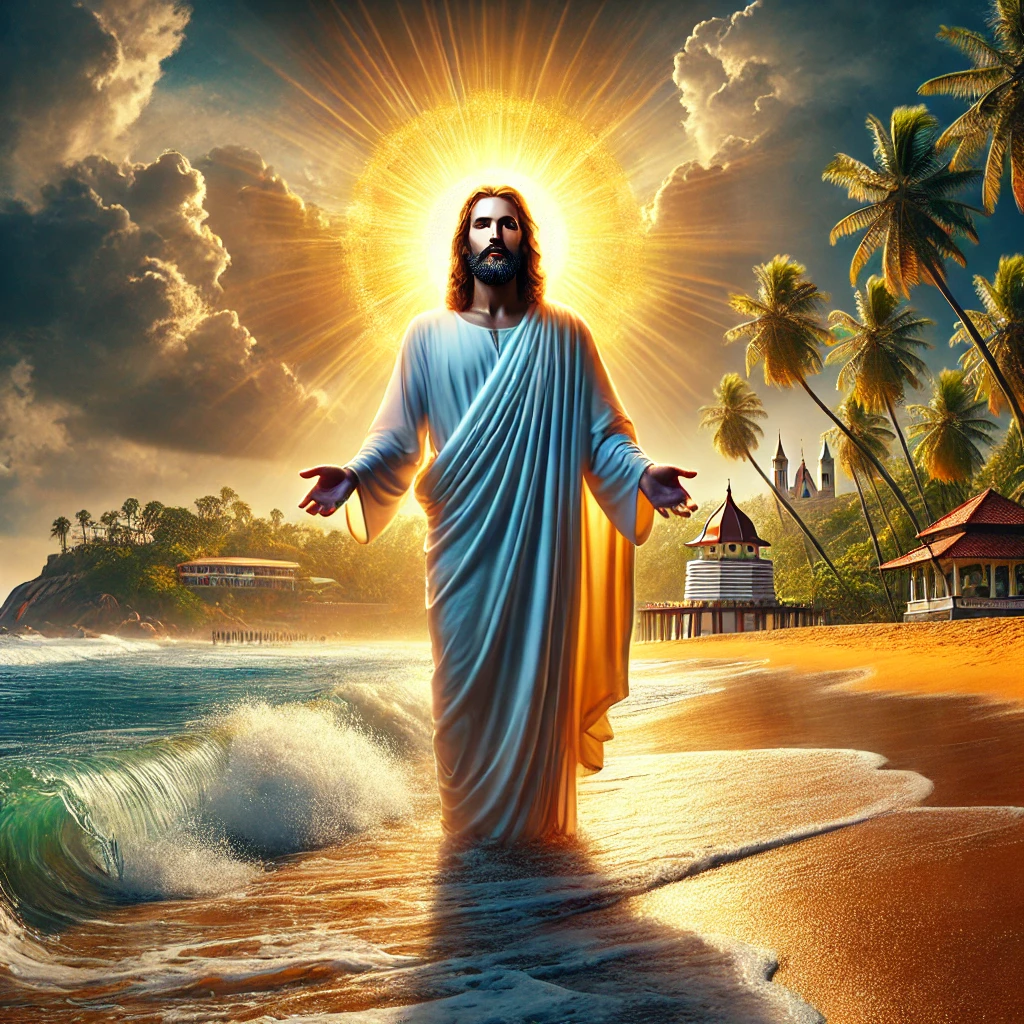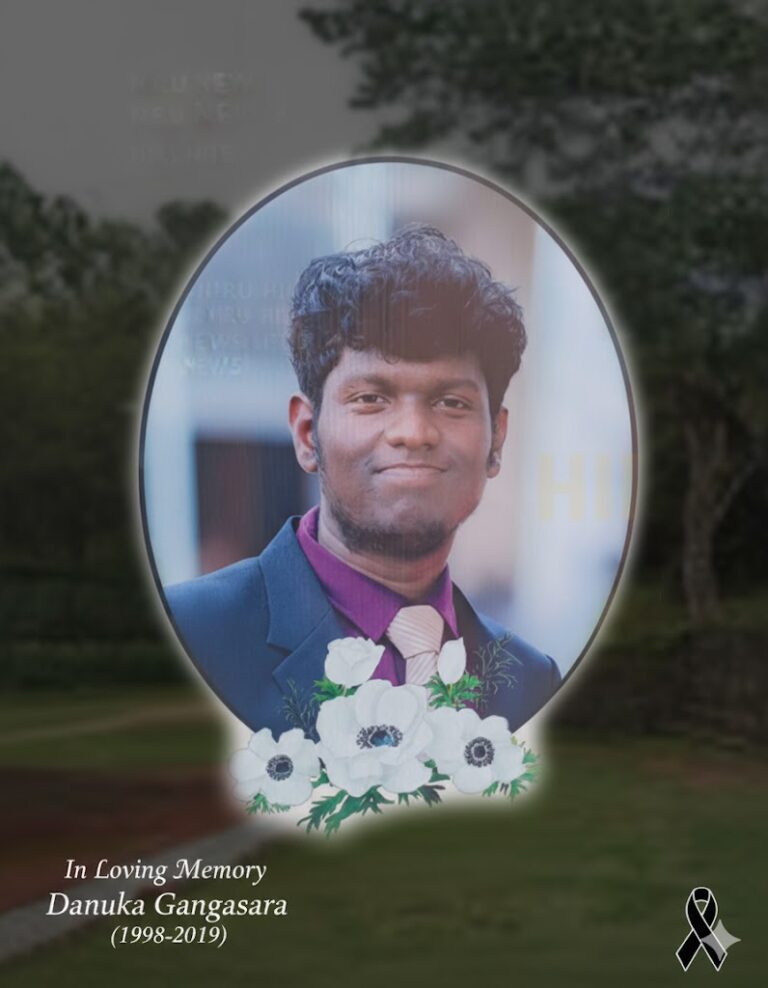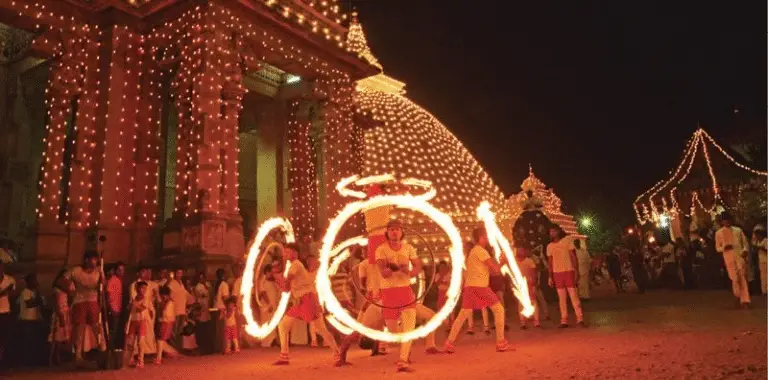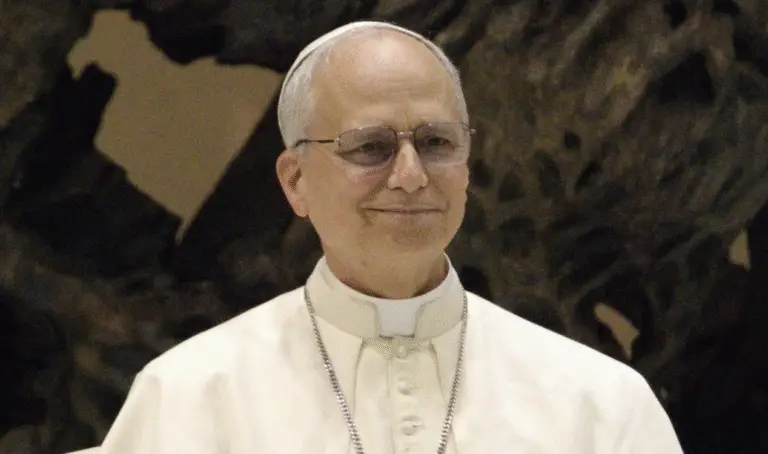Jesus Christ, the central figure of Christianity, has had a profound impact on cultures and nations worldwide, including Sri Lanka. While Sri Lanka is predominantly a Buddhist country, Christianity has played a significant role in its history, shaping its religious landscape, social structures, and cultural interactions. This article explores the connection between Jesus and Sri Lanka, tracing the arrival of Christianity, its influence, and how the teachings of Jesus continue to resonate in the country.
Christianity’s Arrival in Sri Lanka
Christianity is believed to have first reached Sri Lanka in the early centuries AD, possibly through traders and missionaries from the Middle East and India. According to some historical accounts, St. Thomas the Apostle, one of Jesus’ disciples, traveled to India around 52 AD, establishing Christian communities in the Malabar region. Since Sri Lanka had strong trade ties with South India, it is possible that Christianity reached the island through these interactions.
However, the more documented spread of Christianity began with the arrival of the Portuguese in 1505. The Portuguese brought Roman Catholicism to Sri Lanka, actively converting locals, particularly along the western coastal regions. They built churches and introduced Christian education and missionary activities. Later, the Dutch (who arrived in the 17th century) promoted Protestant Christianity, mainly through the Dutch Reformed Church, followed by the British (who took control in 1796), who encouraged Anglicanism and other Protestant denominations.
Jesus’ Teachings and Sri Lankan Society
The message of Jesus—love, compassion, forgiveness, and service to others—has influenced Sri Lanka’s Christian communities and beyond. Many Christian institutions, including schools, hospitals, and charitable organizations, have been inspired by Jesus’ teachings to serve society. Some of Sri Lanka’s leading educational institutions, such as St. Joseph’s College and St. Bridget’s Convent, were founded by Christian missionaries and continue to play a vital role in the country’s education system.
Christianity in Sri Lanka also emphasizes interfaith harmony. While there have been periods of religious tension, many Sri Lankans, regardless of faith, admire Jesus as a spiritual teacher. Some Buddhists see Jesus as a Bodhisattva (an enlightened being who seeks to help others), appreciating his compassion and selflessness.
Christian Festivals and Worship in Sri Lanka
Christmas and Easter, the two major celebrations in Christianity, are widely observed in Sri Lanka, even by non-Christians. Christmas, commemorating the birth of Jesus, is marked by church services, nativity plays, and festive decorations. Easter, celebrating Jesus’ resurrection, is observed with special church services and processions.
Churches, such as St. Lucia’s Cathedral in Colombo and the Basilica of Our Lady of Lanka in Tewatte, serve as important religious centers where Sri Lankan Christians gather to worship and reflect on Jesus’ life and teachings. The Shrine of Our Lady of Madhu in Mannar, one of the most revered Christian pilgrimage sites in Sri Lanka, attracts thousands of believers every year.
Miracles and Legends Associated with Jesus in Sri Lanka
Over the years, there have been stories and testimonies of divine interventions attributed to Jesus in Sri Lanka. Many Sri Lankan Christians believe in miraculous healings and blessings received through prayer. The influence of Jesus is also evident in popular Sri Lankan Christian hymns and devotional music that reflect deep faith and reverence.
Conclusion
While Christianity is a minority religion in Sri Lanka, the teachings of Jesus Christ continue to inspire many. His message of love, peace, and forgiveness resonates beyond religious boundaries, contributing to interfaith dialogue and social harmony. From historical influences to modern-day Christian communities, Jesus’ legacy in Sri Lanka remains strong, shaping lives and strengthening faith across generations.

















